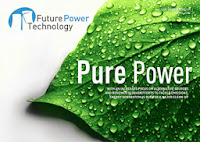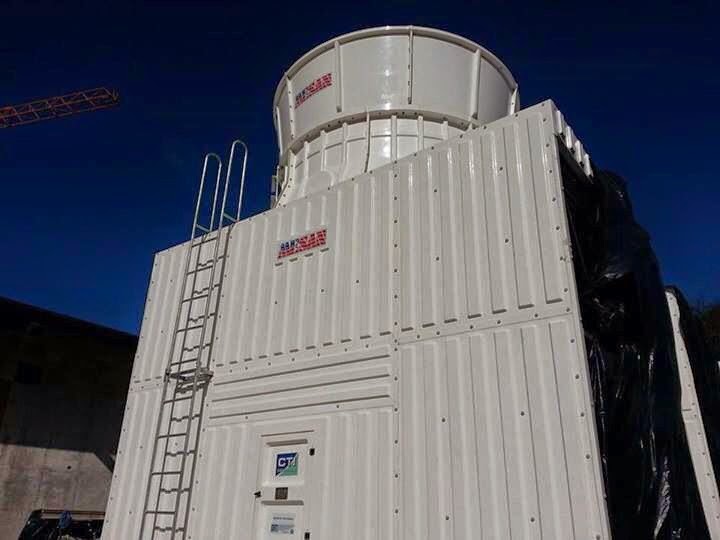A Hi Rocky Relationship Is it Not? Water & Electricity!

Mixing water and electricity doesn’t usually end well, but marine engineering group Knud E Hansen A/S sees this rocky relationship as a challenge.
According to the Handy Shipping Guide, the company has designed a new ferry capable of making an entire voyage on electric power.
Many shipbuilders are following suit, looking for ways to create more eco-friendly, sustainable seafaring options, but all-electric propulsion systems come with their own unique issues especially in terms of maintenance; how do engineers and operators make sure their boats stay afloat?
Slow & Steady:

The new ferry comes in at 35 meters in length with a beam of 11 meters, capable of carrying 170 passengers and 12 cars from Nolsoy island to Torshavn and back again on single battery charge.
It can also withstand waves of up to three meters high and was designed with energy conservation in mind, featuring both batteries and a heat recovery system.
It won’t win any speed records, since it’s nowhere near the 100 km/hr or better ships designed to run on liquid natural gas (LNG), but the ability to run entirely on battery power and survive a potentially rough sea crossing is no mean feat.
Simply put, the Knud E Hansen A/S ferry speaks to function more than form—and eschews traditional fuel-based thrust for clean and reliable electricity.
Emerging Issues:

According to a Hitachi white paper, on board electrical propulsion systems come with a number of advantages including reduced noise and the integration of both power and thrust systems, but they aren’t without issues: Electric systems come with a higher initial cost, increased energy conversion loss and large overall “footprint” owing to more total component parts.
Water infiltration can cause serious issues, anything from short circuits to total system failure.For example, Cruise Critic reports that last year a Carnival Cruise ship was forced to cut out a port of call after an electrical transformer malfunction, which limited the ship’s overall speed. In the case of a complete electrical drive system, such a short could be disastrous.
The New Maintenance:

What does this mean for shipping companies and marine organizations? That in an era of clean power, new maintenance tools are needed.
Marine Insight argues that on board engineers must now be able to tackle challenges such as electrical motor overhauling and shore power supply connection, in addition to having complete knowledge of an engine’s automation system.
Scale deposits also pose an issue, potentially inhibiting electrical connections and leaving a ship dead in the water; regular and precise descaling is required to keep engines in top shape.
The rise of Eco-friendly ship propulsion systems means less waste and better ROI for companies, but also comes with unique maintenance challenges—even the best electric system generates no profit in dry dock.
Dealing with Scale Deposits in Maritime Environments:
Within ocean water, dissolved solids lead to lime scale deposits in offshore equipment systems.
Build-up of lime scale (calcium carbonate) deposits present problems, particularly in water cooled engine jackets as well as heat ex changers for production of hot water service for crew and passengers. In ship waste water piping, scale deposits will block off lines and scale up tanks as well causing adverse effects on pump seals and valves.
Boilers, steam turbines and ballast systems are also vulnerable to scale build-up of and subsequent problems of overheat, shut down or blockages.
Lime Scale deposits in these equipment systems can be effectively remedied by the use of inhibited acid descaling.
Descalers quickly dissolve calcium, lime, rust, lithium carbonate and other types of deposits from passages in water cooled or heated equipment as described.







.jpg)



.jpg)

.jpg)

.jpg)






